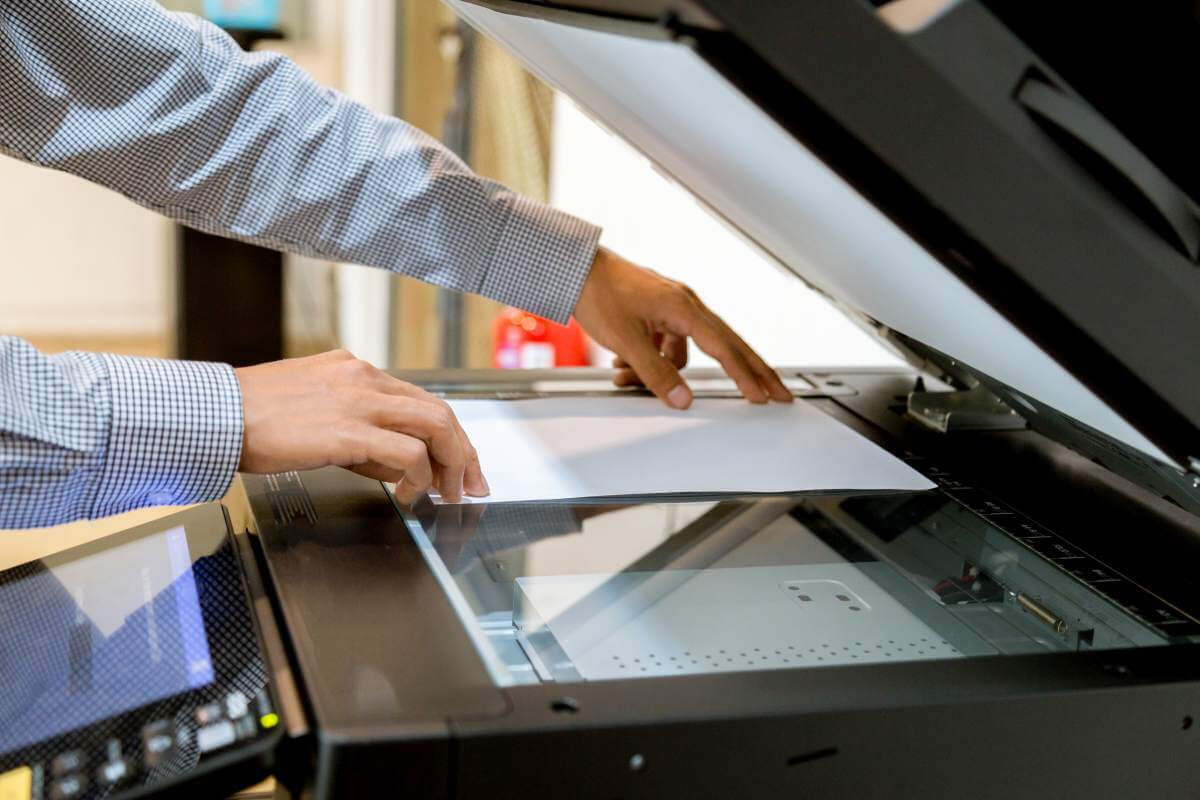How OCR-powered scanning can help automate your business and drive productivity
Modern printers do a lot more than just produce printed documents. They now have a range of features that can drastically increase productivity in your office, including optical character recognition (OCR). OCR is an incredibly useful tool that comes bundled with most print devices these days and, if implemented properly, allows you to streamline your business operations dramatically.
What is OCR?
OCR is software that works with your scanner to convert the printed characters on your documents into digital text, which can then be stored on your hard or virtual drives. One key benefit of this is that you can then search for documents when you need them, as well as information within them. It's also possible to edit these documents in a word processing program.
It is particularly beneficial when receiving physical documents from outside sources for which you don't have a digital copy, for example, paper-based invoices from your suppliers. Aside from turning printed words into searchable text, you also have a digital version of that printed document which can be stored and retrieved at any time in the future.
How does OCR work?
When we as humans read the text in a document - whether it's on physical paper or our computer screen - we instantly recognise the letters and symbols and the meanings attached to them. OCR does a similar thing by enabling a scanning device to recognise the text from physical documents and interpret it as data. The result is searchable and editable documents, which you can then store in the cloud or on a hard drive.

Why is OCR a game-changer?
Suppose you wanted to digitise a magazine article or a printed contract. You could spend hours retyping and then correcting any mistypes. Or, you could convert all the content into digital format in several minutes using a scanner (or a digital camera) and optical character recognition (OCR) software. As you can imagine, this can save a lot of time and money on manual data entry (and potential frustration!).
In your office, you can leverage OCR in a number of valuable ways, including:
1. Create backups
Let's say you lose, or accidentally erase, an important document like a contract or an invoice. If you have scanned and then stored this file using OCR, you will have a back-up copy that you can find quickly.
2. Make your files searchable
OCR software converts scanned text into a word processing file, which then lets you search for specific documents, or passages of text when you need to refer to them. For example, if you needed to quickly find a historic invoice you could find it effortlessly using a simple computer search instead of having to look through hundreds of paper files.
3. Automate your business processes
Automation isn't a magical inaccessible dream state that only high-tech companies can use to improve productivity. Any business, including yours, can start automating various business processes with the implementation of OCR.
For example, it's possible to set up an office workflow so documents are automatically scanned then sent to a specific department within your business. If an invoice comes in it can be scanned, converted with OCR and then automatically sent to your accounting department for payment, even added straight into your accounting software. Or, if a new order is generated, it can be scanned and automatically sent to your sales team.
4. Direct documents to the right place
Taking this automation a step further, you can utilise OCR, and specifically zonal OCR, to recognise specific areas within a document, and use any key data indicators to automatically file documents or direct them to a specific document management system. For example, if you receive invoices from 50 different suppliers each month, a scanning solution could read the ABN or business name, and in addition to adding these to an accounting platform, could also file them in folders for each specific supplier.
5. Easily edit documents
Once you've scanned a document using OCR, you can then edit the text using a word processing program of your choice. For example, if you receive a contract, you can scan it, convert it to text using OCR, then make edits before sending it back to your lawyer. This can help save a significant amount of time for both of you, which ultimately translates into cost savings.
6. Declutter your office
Using OCR software you can free up physical storage space by scanning and converting your paper documents and storing them in the cloud. If you still require physical copies, you can safely store them in a storage facility and use your digital copies for reference. This can help to declutter your office and ensure you have more efficient back-up systems.
7. Improve accessibility
OCR software is a useful tool to enhance the accessibility of your files. It can be used to give vision-impaired users access to documents by converting them into word processing documents, which can then be read out using text-to-speech software.
The Bottom line
OCR is a great way to automate your business, boost productivity and make your business more profitable. To discuss how to implement OCR in your business, get in touch with us today.